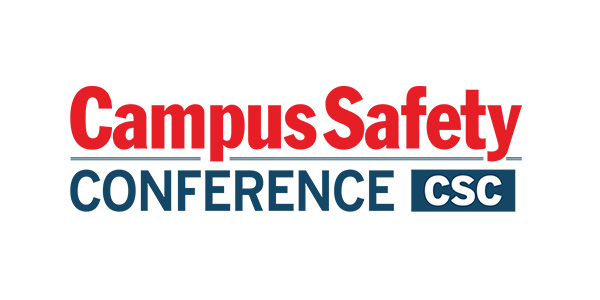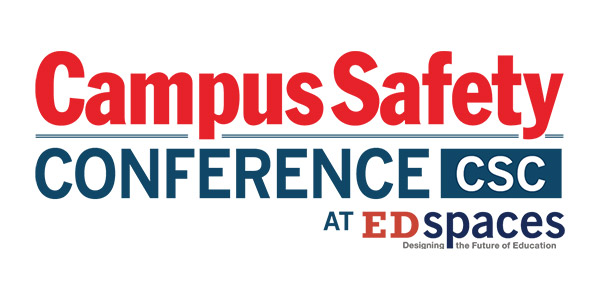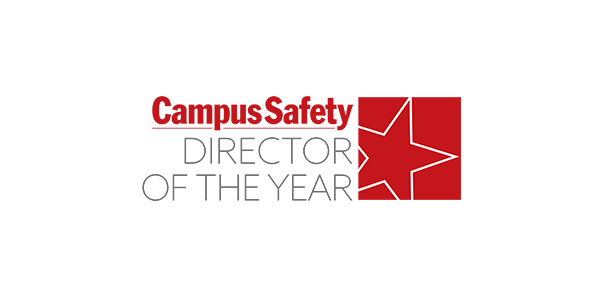Here are the mistakes school, university and hospital administrators, police chiefs, and security directors should steer clear of to maximize their grant applications’ chances for success and increase their campus security funding.
1. Not Applying
The application process for school safety and violence prevention grants and other types of campus security funding can seem overwhelming, especially to smaller institutions without dedicated resources and personnel devoted to writing applications. However, hiring a professional grant writer or consultant can be a game-changer. Their expertise often significantly outweighs the cost of their services.
For organizations that keep grant writing in-house, community colleges often offer relevant courses to upskill staff.
Smaller districts or institutions or those at lower risk should still apply if their needs are compelling, as this can greatly improve the likelihood of success.
2. Not Preparing In Advance
Grant application windows are often short. Campuses should proactively conduct assessments, gather relevant data, and secure agreements with stakeholders before the grant period opens. Preparation ensures all necessary components are ready to meet tight deadlines.
Related Article: 5 Steps to Building an Effective Campus Security Business Case
3. Ignoring Grant Application Instructions
Failing to follow grant application guidelines can lead to outright disqualification. Applications that include ineligible items (e.g., unapproved equipment or personnel) or veer away from the grant’s scope risk being discarded. Review instructions carefully and adhere to the grant requirements in detail.
4. Failing to Include an Evaluation Component
Grantors seek measurable outcomes to ensure accountability for their investments. Clearly define evaluation plans in your application with specific, quantifiable measurements to assess the success of your proposed project or program.
5. Providing Insufficient Details
Avoid vague proposals. Clearly explain how the grant will be utilized, what goals will be achieved, who will be involved, and how the funding will impact the community. Transparency and specificity build confidence in the application.
6. Proposal Relies Too Much on Technology and Equipment
While technology is key to modern security solutions, many grantors, including the Department of Education (DOE), prefer holistic approaches to campus security and safety. Incorporate community-oriented elements such as training programs and involvement from local law enforcement, fire, and Hazmat teams.
Related Article: When Responding to Grant RFPs, Give Them What They Want
Additionally, avoid reusing outdated applications that don’t align with the specific goals of the grantor. Tailor your application to address the priorities outlined in the funding opportunity.
7. Not Considering Long-Term Costs (Soft Money)
Grants often cover the initial purchase of equipment but may not account for ongoing maintenance, licensing, or operational costs. Organizations must plan ahead to sustain these investments after grant funding ends.
Pilot programs funded by grants should serve as a starting point for long-term planning to integrate costs into the organization’s budget.
8. Giving Up After Rejection
Even strong grant applications may not win on the first try. If your proposal is denied, request feedback from the review panel to identify areas for improvement. Use this insight to strengthen future applications.
9. Relying on Generic, Boilerplate Templates
Grant reviewers value authentic and customized proposals. While templates can offer structure, over-reliance on them can lead to applications that feel impersonal or cookie-cutter. Avoid cut-and-paste strategies and focus on crafting a proposal that reflects the unique needs of your campus.
10. Not Telling Other Stakeholders About Your Grant Application
Failing to involve internal and external stakeholders can limit your proposal’s potential. Engage with local business owners, such as dentists or car dealerships, who may be willing to match funds or offer sponsorships to support your project. Collaboration can enhance both the credibility and scope of your application.
11. Overlooking Lesser-Known Funding Sources
There are many niche grants available with specific eligibility requirements. Expand your search beyond well-known funding opportunities and prioritize grants that align closely with the unique needs of your institution.
12. Focusing Only on Large Grants
Don’t overlook smaller grant opportunities. Smaller amounts of funding, such as $2,000 to $4,000, can still cover essential expenses and may offer a less competitive application process. For smaller schools or hospitals, these grants can make a significant difference.
Improving Your Grant Application Success Rate
By avoiding these common errors, campuses can greatly enhance their chances of securing valuable security grants. Investing effort into preparation, attention to detail, and collaboration with stakeholders can lead to successful outcomes that increase safety and security for all.







